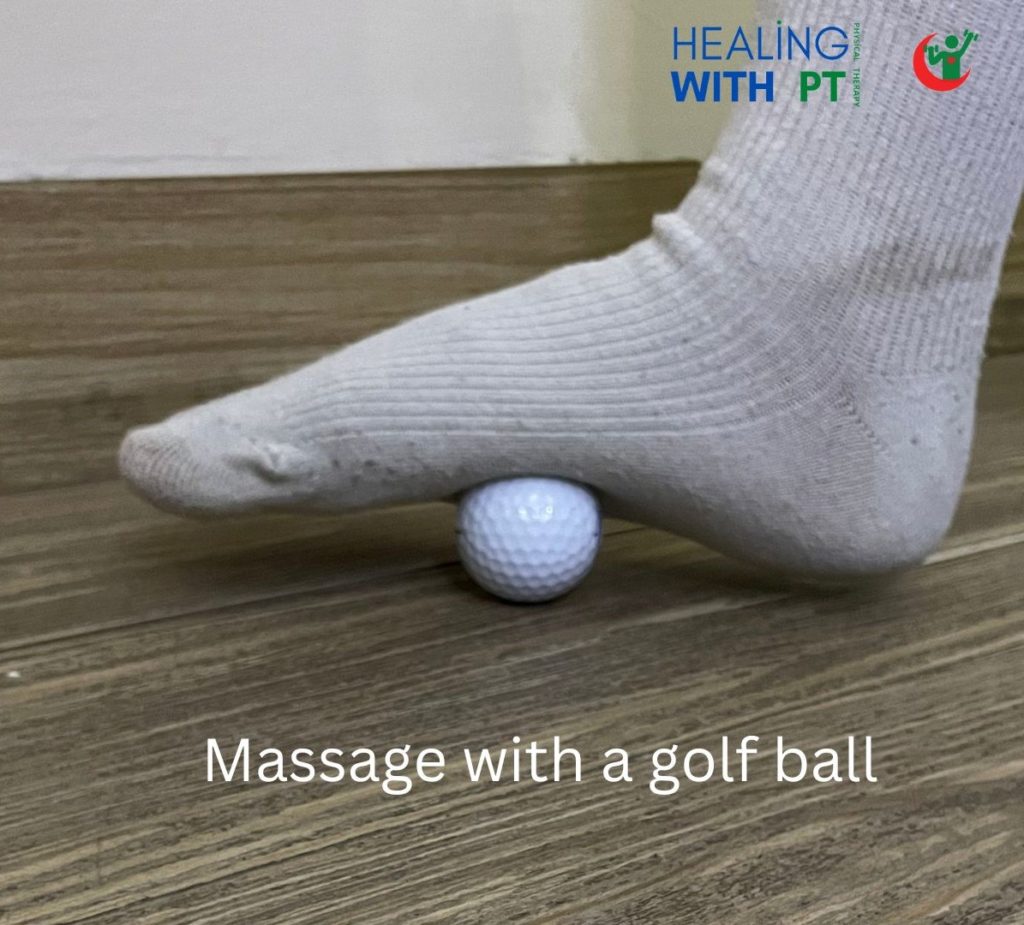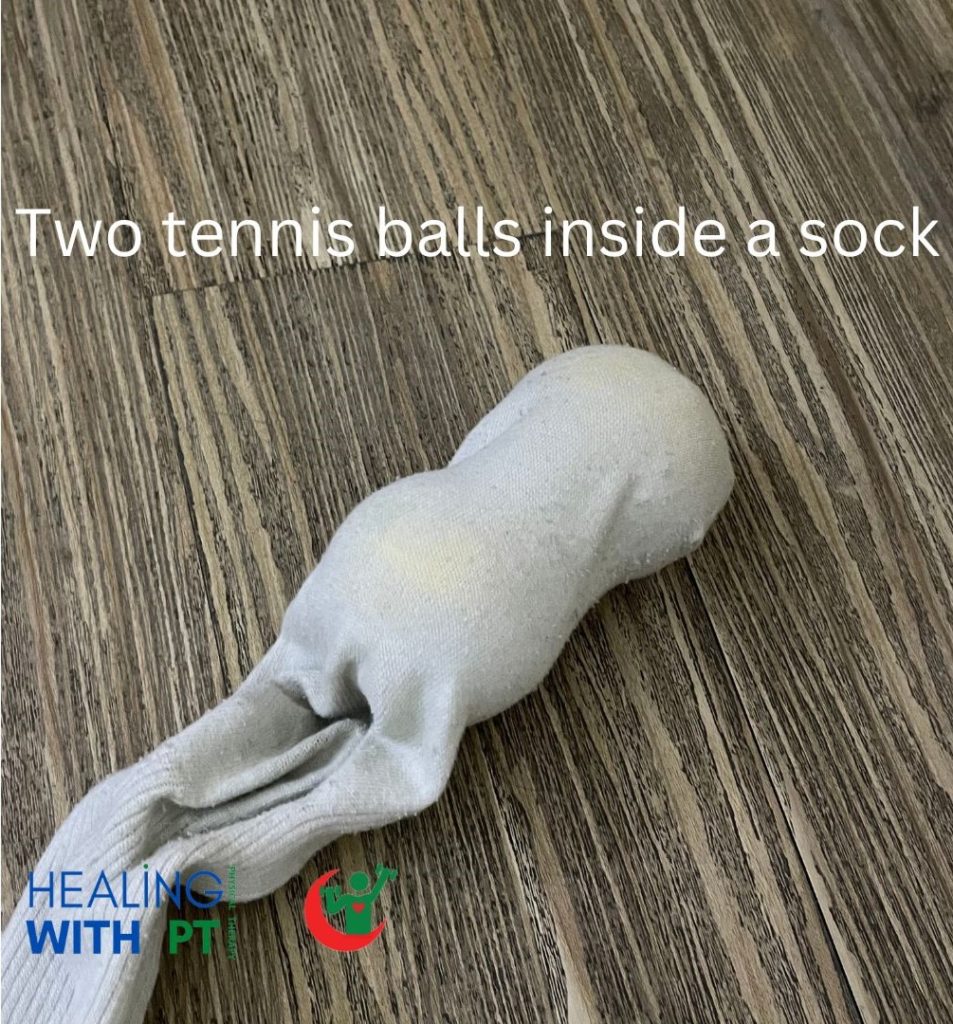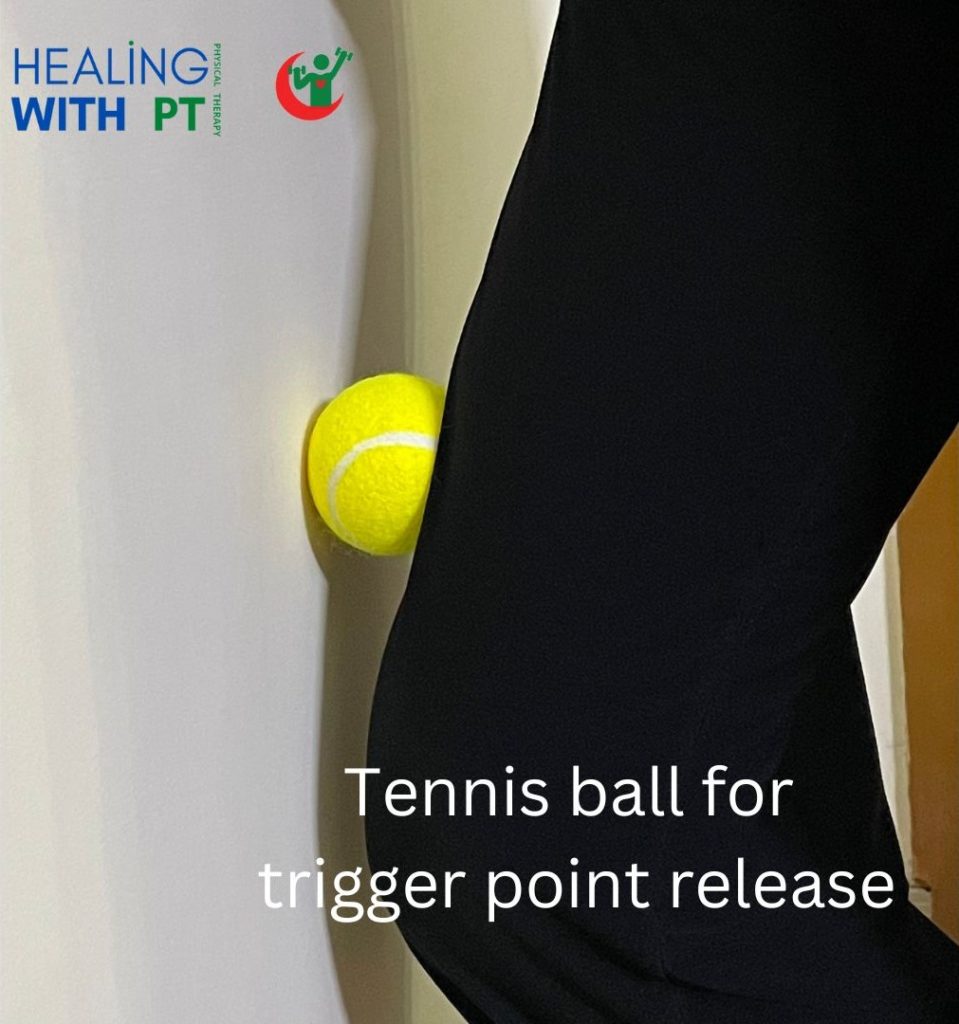Almost every physiotherapy treatment program includes a home exercise component. It’s essential for the majority of physiotherapy patients.
But many of them can’t stick to it for one reason or another.
If you’re having trouble with doing your physiotherapy at home or are new to it, then the tips I’ve shared below should help you follow your program and hopefully recover soon.
Why Do You Need Physiotherapy at Home?
Unlike popular belief, physiotherapy requires a lot of active participation from you. PT treatment isn’t only about getting massages and having someone move your limbs for you.
You don’t need to have your physiotherapist with you every time you do your exercises.
Active physiotherapy is the primary method of physiotherapy. Here, the physiotherapist guides movements and prescribes exercises that you have to do yourself.
Passive physiotherapy is a hands-on treatment where the physiotherapist works on you while you stay in one position or follow your PT’s commands.
So after a couple of supervised exercise sessions in the clinic, patients are often trained enough to do the exercises by themselves at home. Hence, physiotherapists prescribe a home physiotherapy program for them.
These save you time and resources and allow you to do the exercises in the comfort of your home according to your schedule.
Home physiotherapy is a great option for people who live far away from their physiotherapist’s clinic or the hospital and those who are bed bound or have difficulty being mobile (due to factors such as being overweight, fractured limbs, or wheelchair-bound without appropriate transportation facilities).
I tell my patients all the time that I’m with them for only 30 minutes or an hour a day. If you’re only doing your exercises while you’re at the clinic, then unfortunately you won’t have much recovery.
You need to follow your treatment for the rest of the 23 hours of the day that you’re outside of the clinic. That’s why doing your physiotherapy at home is necessary for real progress and good results.
8 Tips to Make the Most of Physiotherapy at Home
Here are some suggestions that’ll ensure the best results from your physiotherapy at home.
1. Stay in Touch With Your Physiotherapist
Your physiotherapist is still an active part of your rehab even when you’re not doing the exercises in the clinic.
Doing your exercises at home doesn’t mean that you’ve been discharged from your PT’s care. You should regularly check in with your physiotherapist to talk about progress, setbacks, difficulties while following the programs, changes in your condition or pain, flare-ups, and more.
While you’re doing your physiotherapy at home, you’re likely to come across information on the internet or from your neighbors that you’ll need clarification on.
Staying in contact with your physiotherapist will help you find accurate and reliable answers so you don’t end up in a rabbit hole of myths and useless remedies.
2. Find a Partner to Do Your Home Physiotherapy With
Doing your exercises on your own can be tough. You might have a better chance of staying consistent with your treatment regimen if you have someone to do it with.
That’s why you should try to find a friend or a partner who can do the exercises with you either in person or online.
Having someone to celebrate small wins with can help you stick with the routine. You can encourage, motivate, and challenge each other to your best and achieve your goals together.
Doing your exercises with a partner is even more beneficial if you’re a competitive person.
I emphasize online group activities at home especially for my pediatric patients and the elderly, because these groups often don’t get to socialize much. Giving them a community of people who’re going through the same thing helps them look forward to their home physiotherapy sessions. I’ve noticed that it improves their treatment compliance.
3. Create a Rehab-Focused Home Environment
One of the primary reasons why my patients don’t follow their home exercise program is because their homes aren’t suitable for the exercises they need to do.
It’s a fact that your home environment won’t be the same as a physiotherapy clinic. So to make the most out of your physiotherapy at home, you should:
- Get the equipment you need from the physiotherapy clinic, pharmacy, or fitness store.
- Remove distractions or hazards from your exercise corner. This includes wires, tables, decorative items that can easily break, pets, etc.
- Find a room or corner of your home and make it your designated treatment room.
Physiotherapists usually design home exercise programs in a way that you don’t need equipment at all or need things that are easily available at home such as a broomstick, yoga mat, chair, stairs, etc.
Otherwise, your physiotherapist will give you any special equipment you’ll need for your treatments.
You can always inform your physiotherapist about your home environment, the presence of stairs, available space, and your routine so they design a program tailored to your specifications.
4. Feel Free to Improvise
It’s not always possible to find everything that you need for your physiotherapy sessions at home. If you require some equipment or accessory devices and you don’t have them, then you can improvise and modify the things you already have at home.
Some of the most common makeshift items that can help you include:
- Tennis ball to massage large areas
- Golf ball to release trigger points or massage smaller areas
- Two tennis balls in a sock to use a foam roller for temporary pain relief in your back, calf, thigh, etc.
- Sturdy water bottle to use as a foam roller
- Tights/ trousers or a scarf as a resistance band



Pro tip: Ensure your safety before using any of the improvised equipment. You should run each makeshift equipment past your physiotherapist so you can be certain that you’re doing the right thing.
5. Enjoy Your Home Physiotherapy Routine
Fitting your physiotherapy session at home in your busy schedule can be difficult. It’s easy to get distracted and put it off for a better time or when you’re free.
But that’s a sure way to get worse and damage your health.
That’s why learn to enjoy your exercises and fit the session at a time when you’re fresh and excited to get it done right.
Make time for it and actually add the session to your schedule so your home physiotherapy exercises don’t overlap with another activity.
Also, don’t consider your exercises as just another chore that you have to cross off your to-do list. Being mentally present for the exercises is just as important as being physically present. (Reference)
You should also set up reminders and alarms on your phone so there’s no chance of skipping the session.
6. Keep Progressing Your Exercises
Home physiotherapy sessions are divided into two broad categories: rehabilitation sessions and maintenance sessions.
Ask your physiotherapist about the reasons behind your treatment before leaving the physiotherapy clinic.
The key difference between the two types is that the rehab sessions have to be periodically progressed and then stopped after a while. But the maintenance ones stay the same and mostly continue forever.
If you’re in the rehabilitation category, then remember to increase your treatment intensity, frequency, and duration as prescribed. You might also need to upgrade your equipment, such as increasing the weight of your dumbbells, as your exercises progress.
7. Don’t Make Changes Yourself
Physiotherapy treatment sessions are tailored to your specific condition, baseline values, home environment, goals, activity level, comorbidities, and overall health.
That’s why you absolutely can’t make major changes on your own. But making small changes, such as increasing the range of movement or adding an extra kilogram of weight on your dumbbell, should be fine.
Social media can fool you into thinking that the same routine will work for you because it worked for someone else. So it’s best to steer away from such content and talk to your physiotherapist if you find something that you think might help you.
Although there will be similarities between your prescribed exercises and someone else’s, there will also be subtle differences that can have big consequences.
The best person who can guide you regarding your exercises, should you need a change, is your physiotherapist. So don’t go to unreliable sources if you need a modification or progression.
8. Ensure Your Safety
The last thing you need is to get another injury while you’re trying to recover from one.
Creating a hazard-free environment helps you prevent injuries. That’s especially important for the elderly who are at risk of falls, patients with fractures or a cast, those with balance or neurological issues, etc.
You can add extra pillows or rugs in your exercise space so you can have extra protection.
Or you can request a family member, friend, or a nurse to be present while you exercise and help you with the equipment or personal safety.
Final Thoughts
Physiotherapy at home is becoming more and more common with the rise of telehealth.
You can easily communicate with your physiotherapist with online video conference tools and services. These tools are excellent for demonstrating exercises and guiding patients from different locations.
I understand that doing the exercises on your own can be tough. It’s easy to lose motivation or put off your exercises because you’re busy with life. I hope that the tips mentioned in this article can help you in following your home exercise program as prescribed.
Contact us if you need a virtual physiotherapy session at home and start your recovery today!
Disclaimer: This article is for informative purposes only. We provide well-researched and authentic information. Do not consider this personalized health advice. Please contact a licensed healthcare professional for medical issues and health concerns.